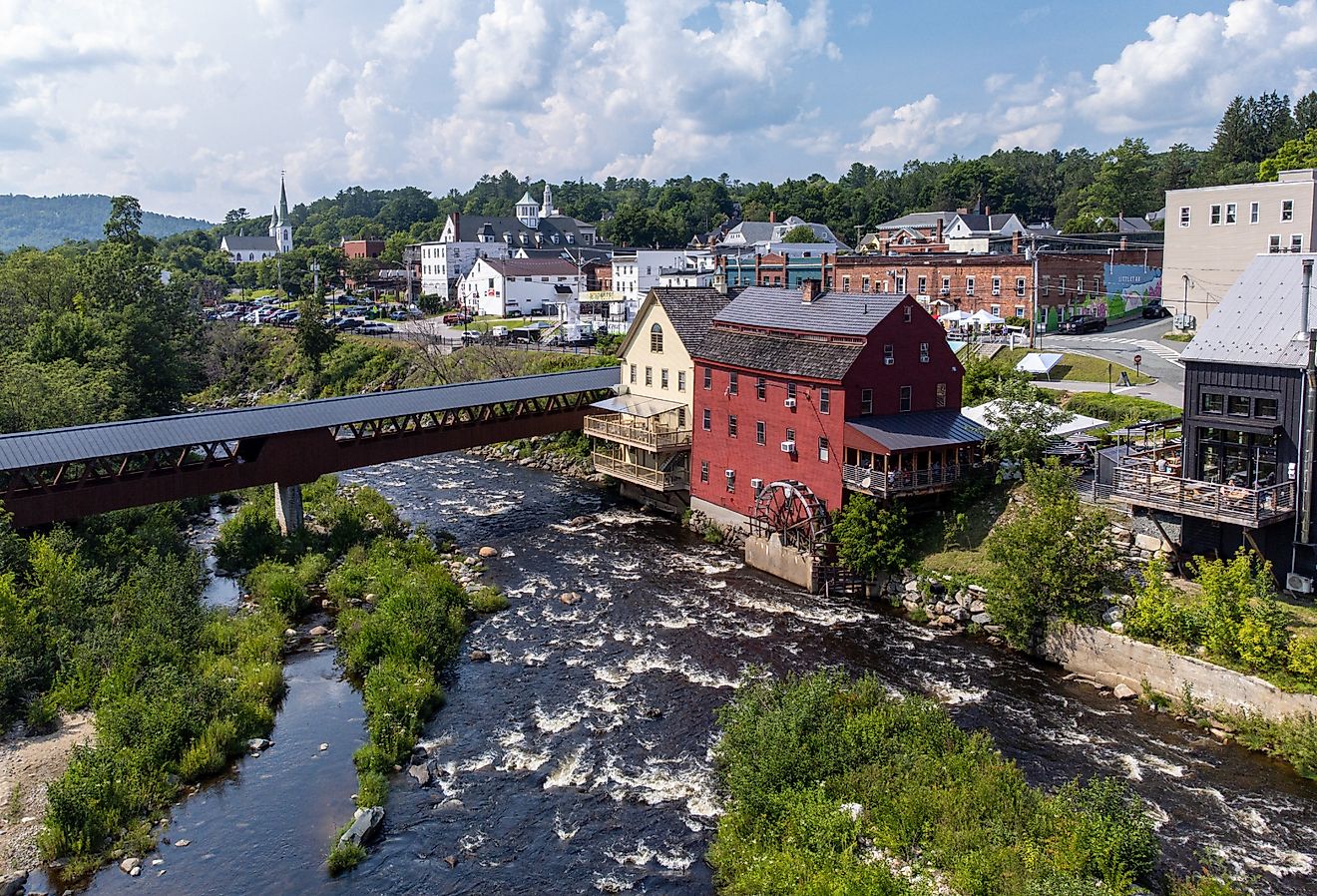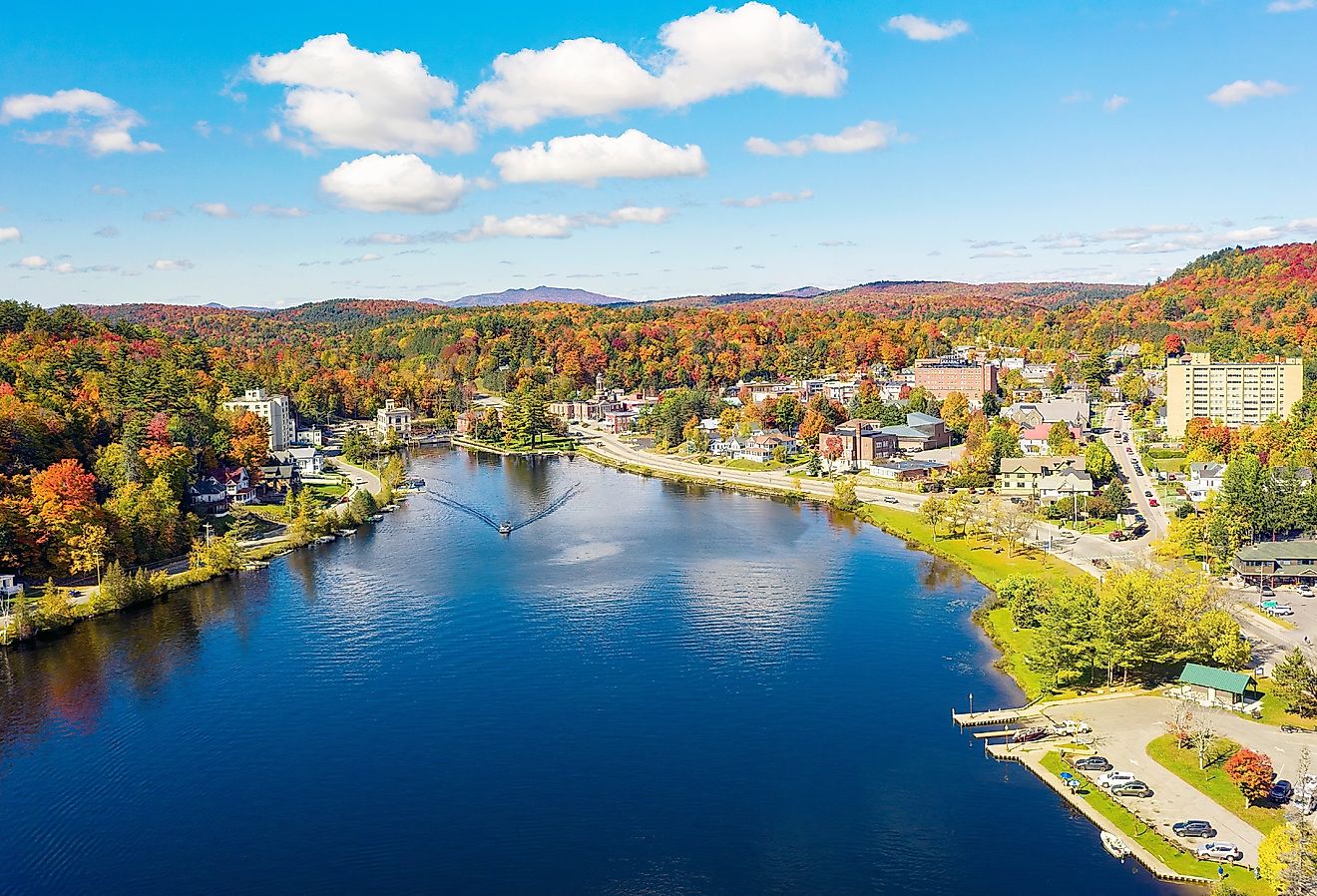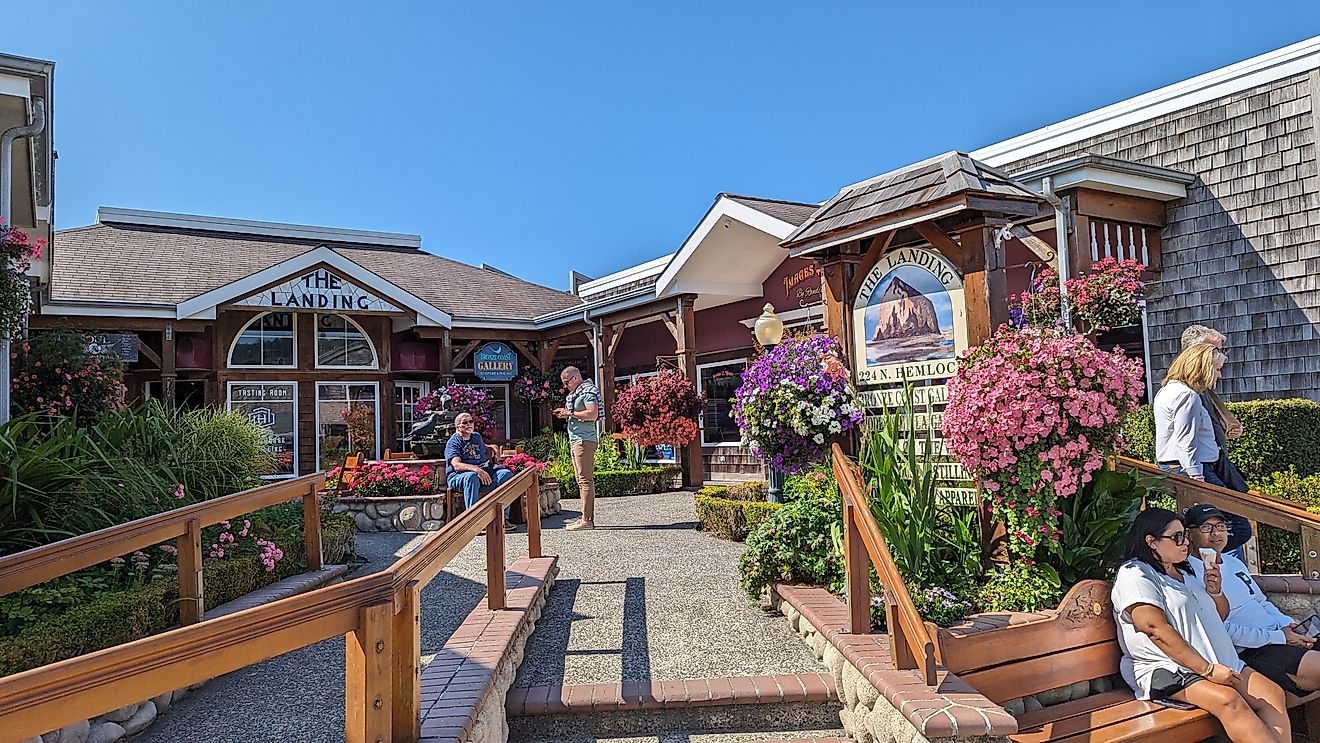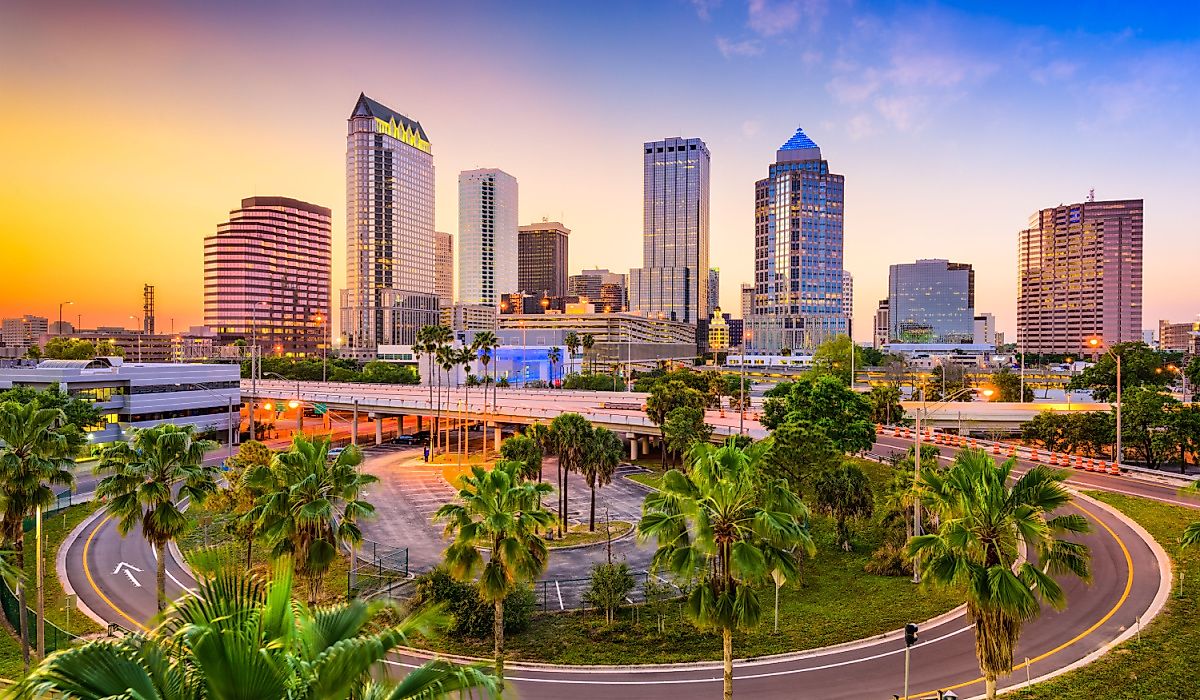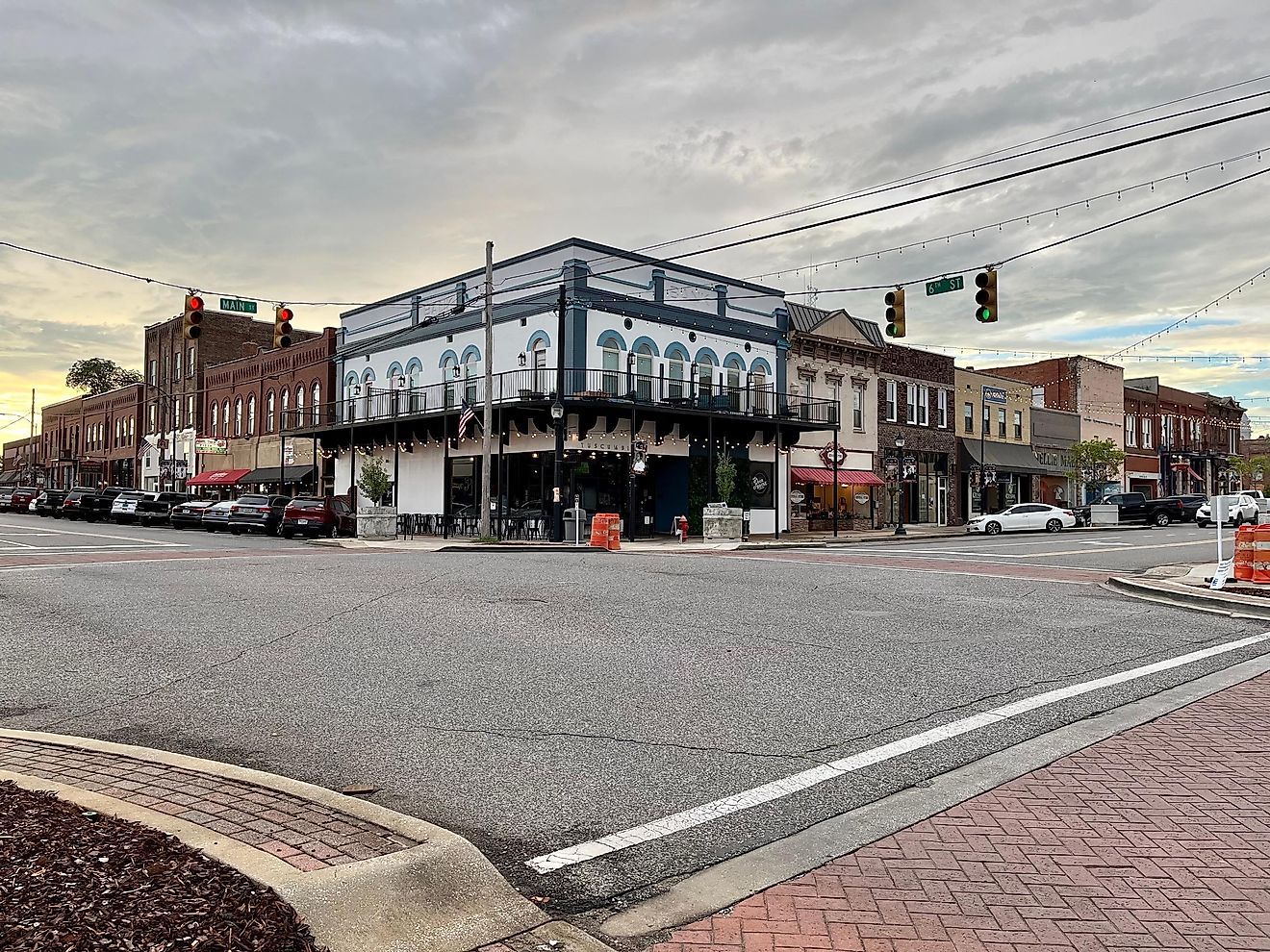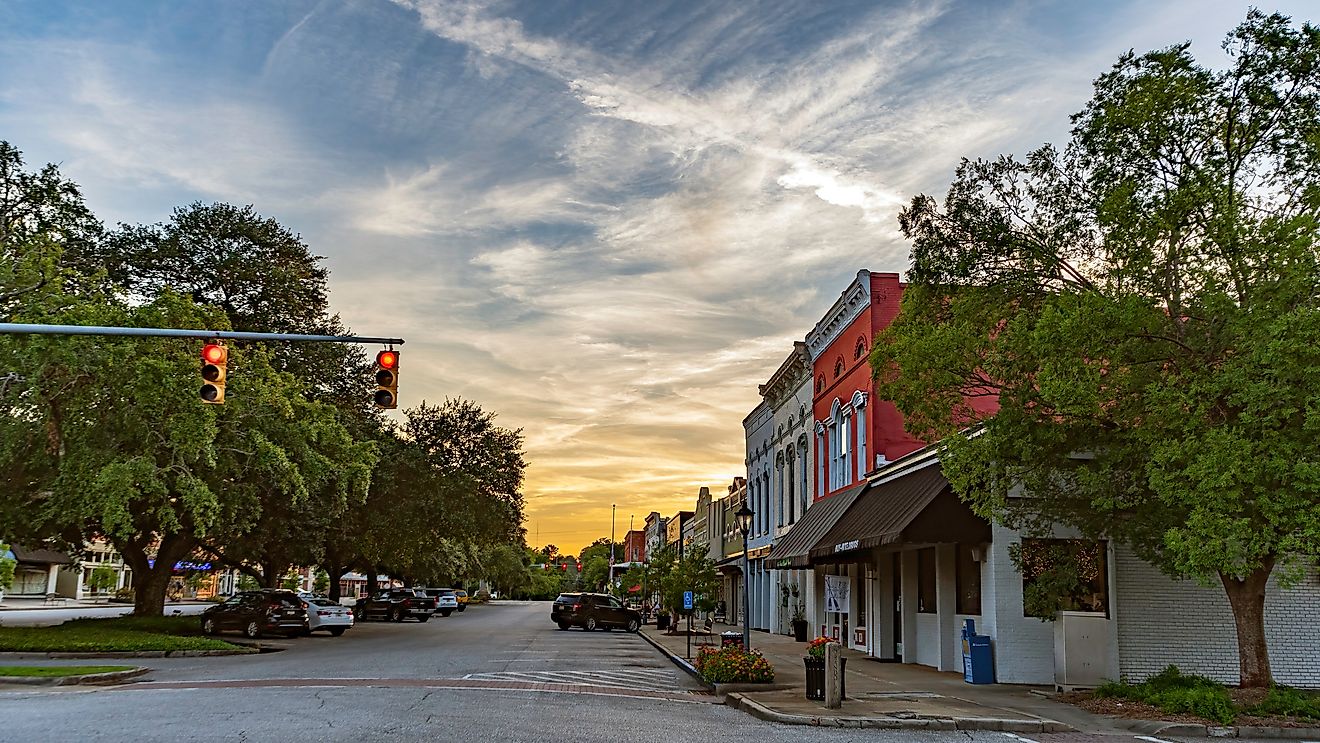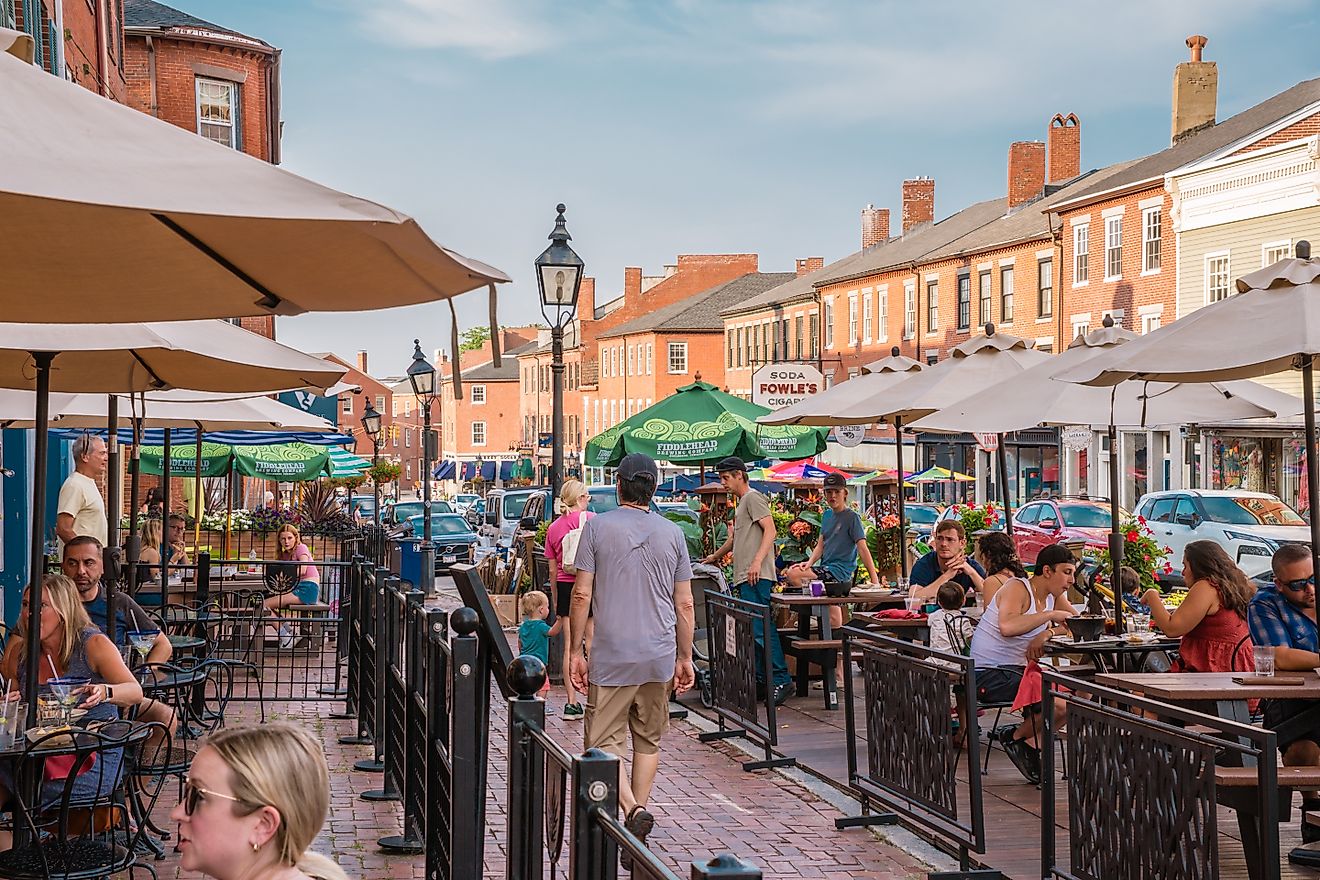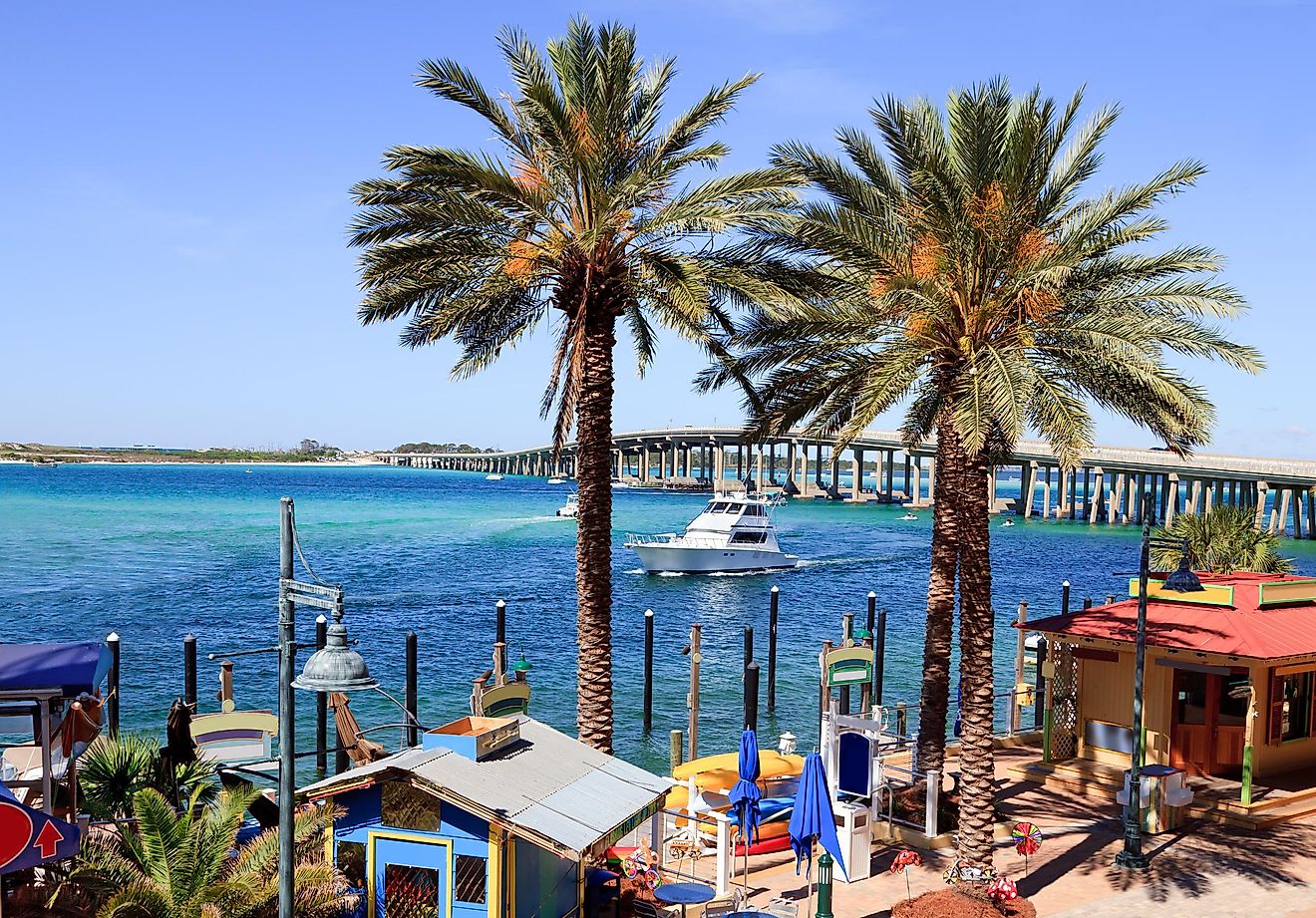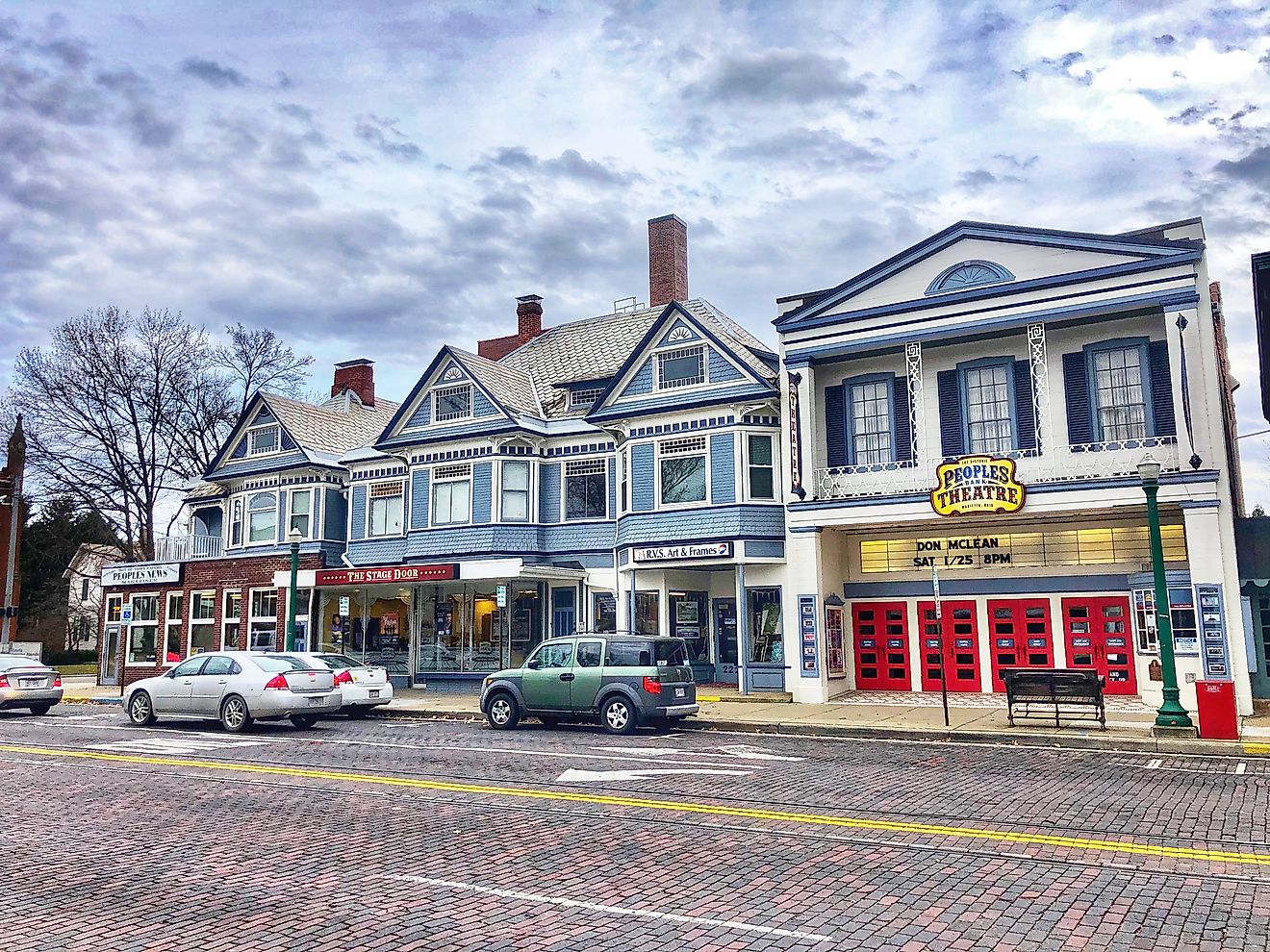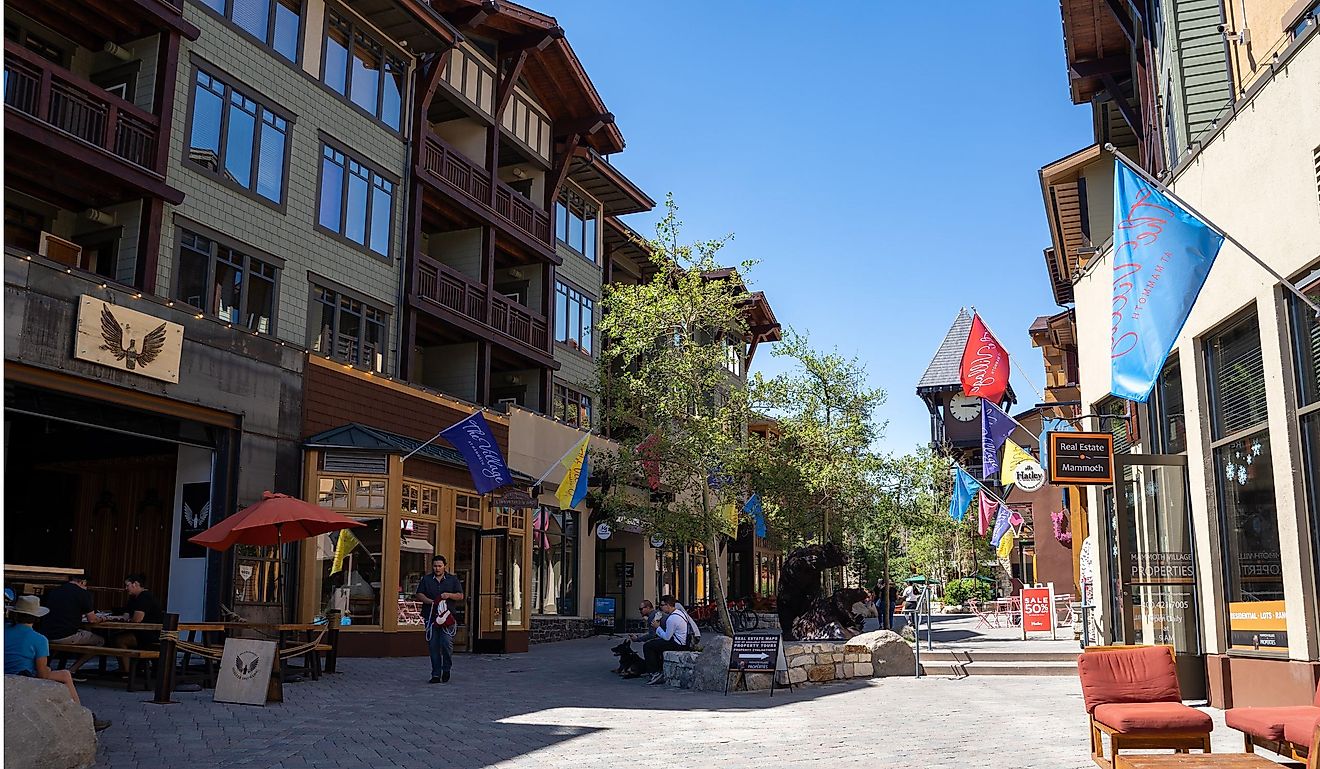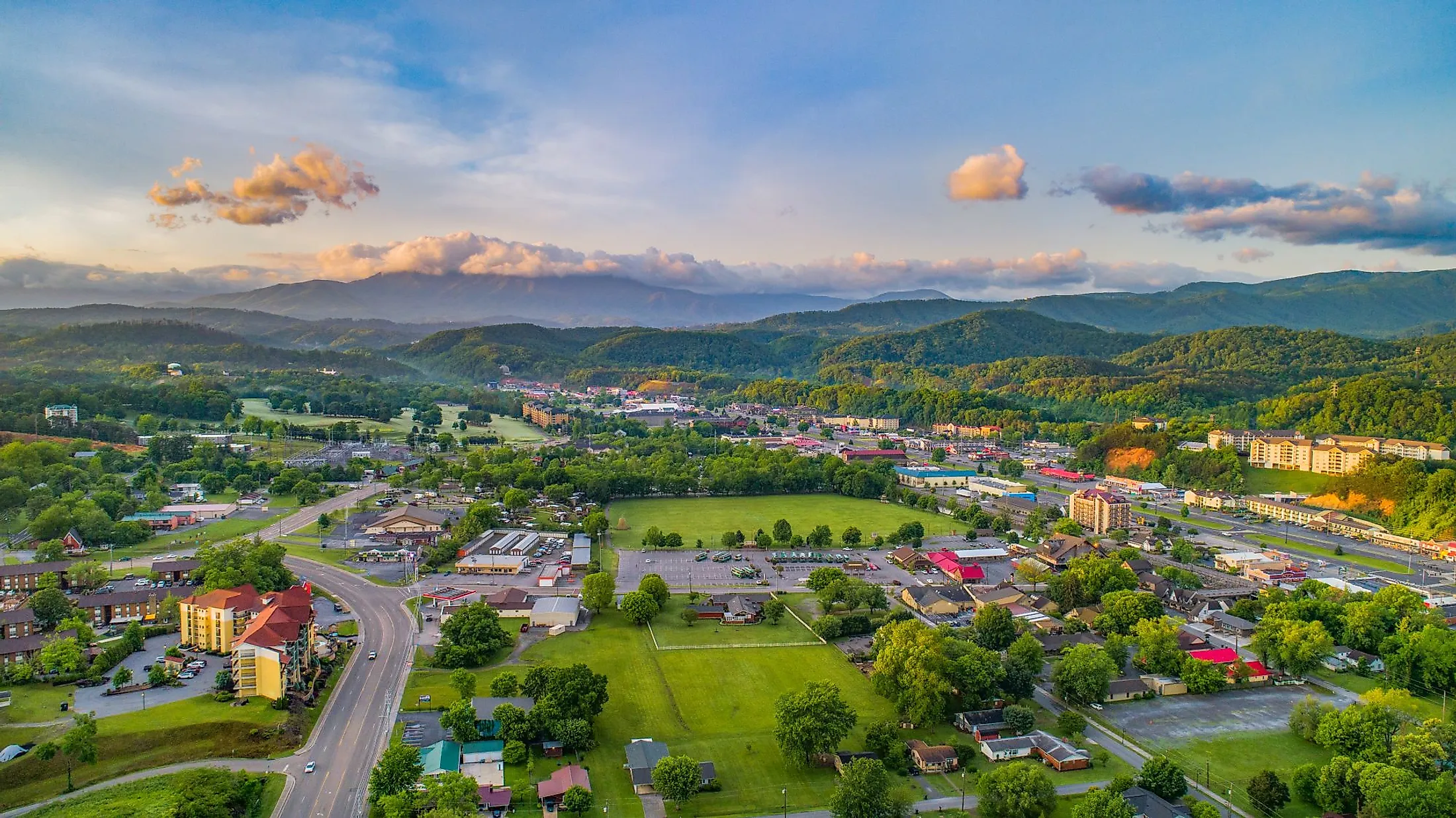
Pigeon Forge, Tennessee
Pigeon Forge is a small city located in Sevier County in the US State of Tennessee. The first part of the city’s name is taken from Little Pigeon River, and the second part came from the bloomery ‘forge’ built by Isaac Love in 1817. Located in the southeastern portion of the United States, this mountain resort city has many attractions, including Dollywood and Dollywood’s Splash Country.
The Geography Of Pigeon Forge
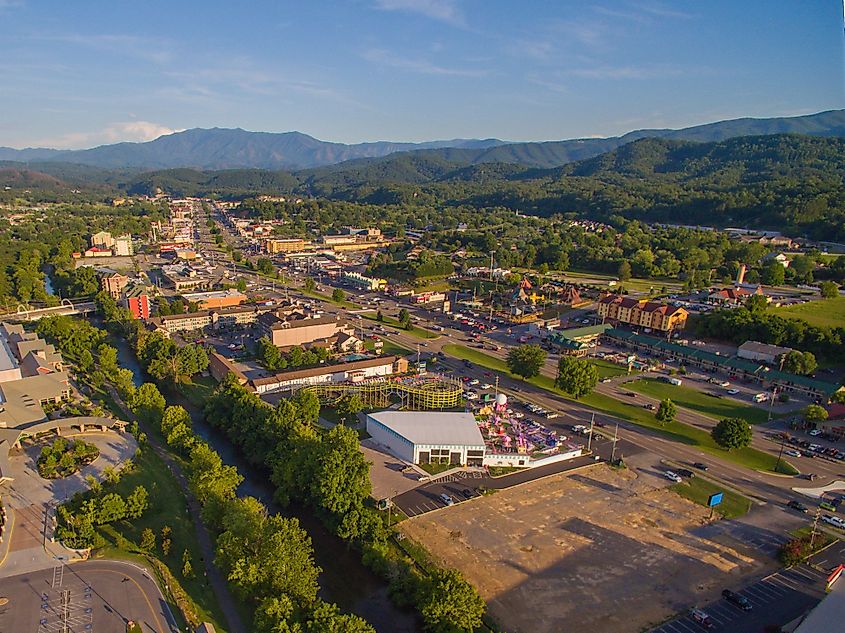
Pigeon Fork covers a total area of 30 sq. km, of which all is occupied by land. The city is located on the West Fork of the Little Pigeon River, about 8km north of Great Smoky Mountains National Park. The West Fork flows northwards from its source, passing through the slopes of Mount Collins and flowing through Sevier County before it links up with the Middle Fork in Sevierville. Pigeon Fork comprises a small portion of a narrow valley along this river between Gatlinburg and Sevierville. High ridges surround the city on three sides, with Pine Mountain to the west, Cove Mountain to the south, and Shields Mountain to the east.
The Climate Of Pigeon Forge
According to the Köppen Climate Classification, Pigeon Forge experiences a humid subtropical climate characterized by hot summers and cool winters. The average temperature in Pigeon Forge is 13.9 °C. With an average high temperature of 24.3 °C, July is the hottest month, while January is the coolest month having an average low temperature of 2.3 °C. The city experiences, on average, 116 days of precipitation. The average rainfall for the year in Pigeon Forge is 1104 mm. The city receives the most rainfall in July, while it receives the least rainfall in October.
Brief History of Pigeon Forge
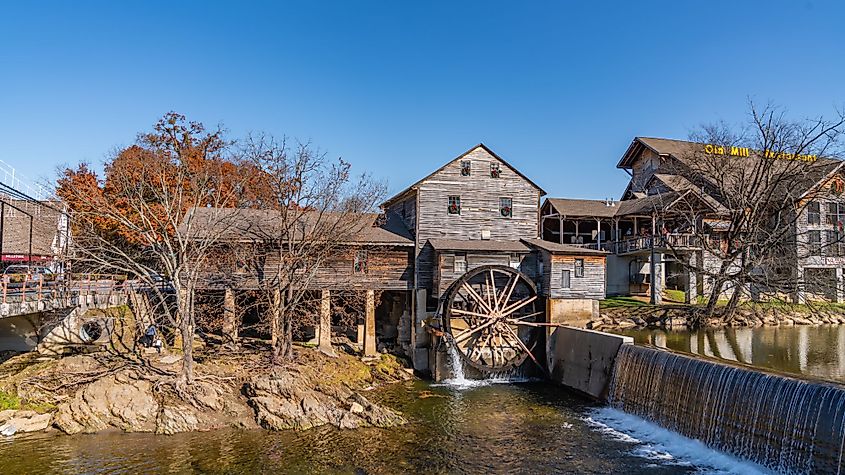
Pigeon Forge was once a valley of golden wheat fields and lush farmlands with the amazing peaks of the Great Smoky Mountains for a background. The first white settlers to arrive in Pigeon Forge were the traders who followed the trail of the Great Indian Path from Virginia to the center of the Cherokee nation. In the early 1900s, businesses and professionals arrived in the town, and a brand-new school building was built in 1923. In the early 1960s, Pigeon Forge got its fire department. The town was incorporated in 1961, and residents began seeing more businesses opening like family-style restaurants, motels, and many more. Tourism became one of the principal contributors to the town’s economy.
The Population Of Pigeon Forge
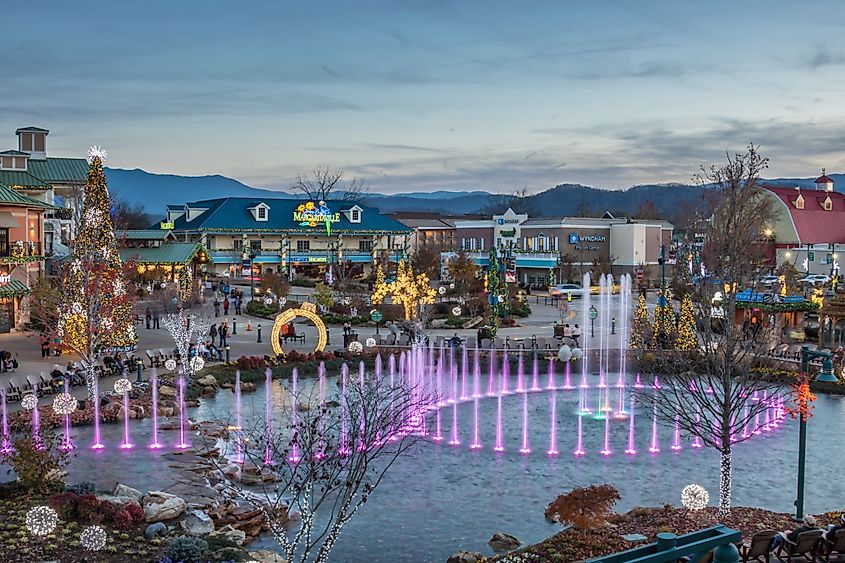
Pigeon Forge has a population of 6,125 inhabitants with a median age of 44.3. The city has a population density of 181 inhabitants per square kilometer. The city’s population has increased by 4.26% since the last census, which recorded a population of 5,875 in 2010. The largest ethnic groups in Pigeon Forge are White, most of whom are considered non-Hispanic, and they account for 87.98% of the city’s population, followed by Two or more races at 5.91, Others at 4.37%, and Native Americans at 1.75%. In 2019, around 84.2% of Pigeon Forge’s population were U.S. citizens, and 16.7% were born outside the country. The most common birthplaces for foreign-born residents of Tennessee are Mexico, India, and Guatemala.
The Economy Of Pigeon Forge
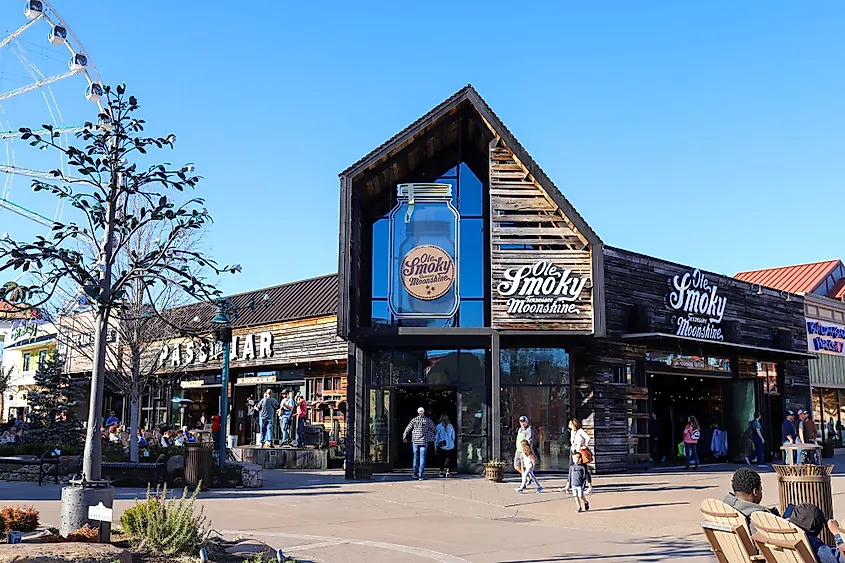
The median household income in Pigeon Forge as of 2019 is $45,660, which is much less than the median annual income of $65,712 across the entire United States. Pigeon Forge is currently declining at -0.76% annually and has a poverty rate of 15.38%. Males in Tennessee earn 1.37 times more than females. The city's economy employs more than half of the population in different industries, with the largest ones being Accommodation & Food Services, Retail Trade, Administrative & Support. The highest paying industries in Pigeon Forge are Educational Services, followed by Manufacturing and Transportation & Warehousing & Utilities.
Visiting Pigeon Forge
Dollywood Theme Park

Dollywood is one of the town’s top attractions. The theme park is located on Dollywood Parks Boulevard and is one of Tennessee's most popular tourist attractions. It features various amusement rides, Chasing Rainbows Museum in addition to traditional crafts and music that represent the local Smoky Mountains region. The park hosts many concerts and musical events, including performances by Folly Parton and local and national musical entertainers.
Hollywood Wax Museum
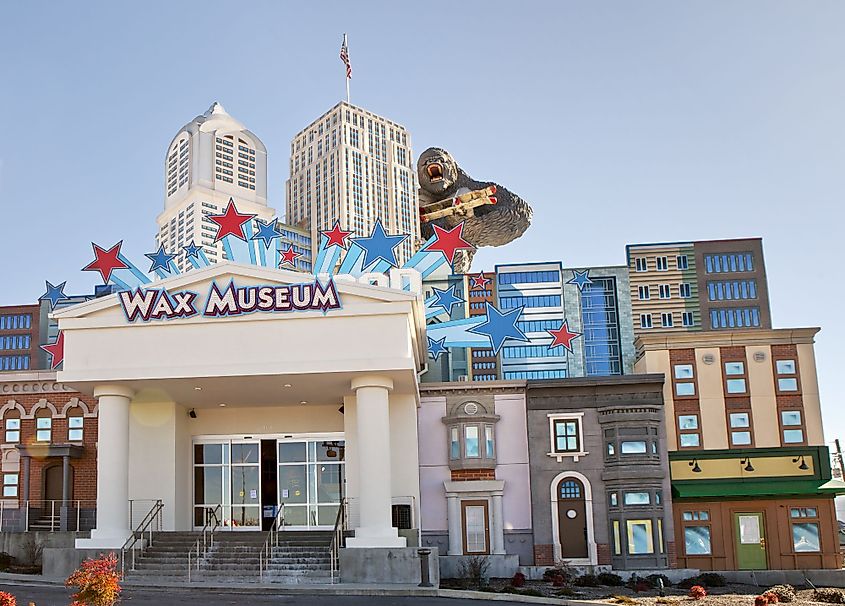
Tourists also visit the Hollywood Wax Museum, dedicated to exhibiting celebrity figures. It was opened in 2012 and became the largest Hollywood Wax Museum in the country. The museum has two floors of wax figures from the U.S. film industry and the Hollywood entertainment industry, including Marilyn Monroe, Charlie Chaplin, Elvis Presley, and many others. Visitors can learn interesting facts about celebrities and pose for photos with their favorite stars.
